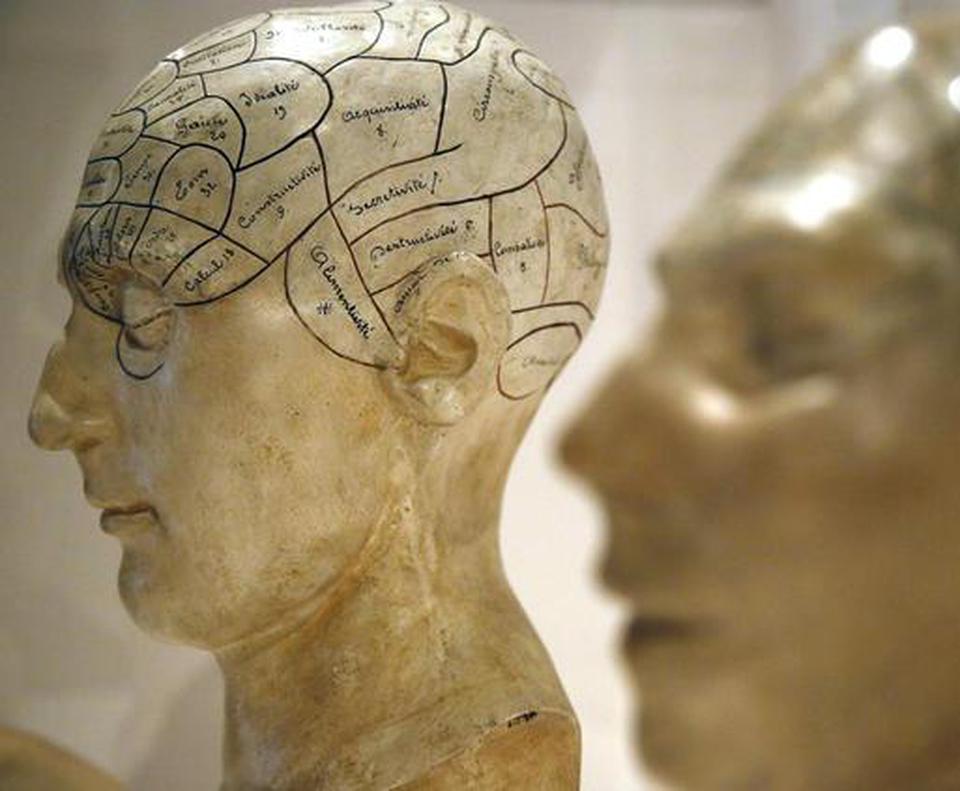
Models of head showing different parts of the brain
A study by researchers from the Jawaharlal Nehru Centre for Advanced Scientific Research (JNCASR) and the National Institute of Mental Health and Neurosciences (NIMHANS), in Bengaluru, identifies two specific genes which may be related to bipolar disorder, a neuropsychiatric disorder that has been studied widely.
Decade-long study
While there are strong indications that genetics plays a role in it, the specific genes whose mutations result in the individual being affected are difficult to identify. In a paper published recently in the journal Bipolar Disorders, the team describes their decade-long work studying four generations of a family with several members in each generation affected. In all, 28 members of one family were genotyped, and of these 11 were affected by bipolar disorder.
Genes and psychiatry
When asked about the challenges involved in carrying out the study, Prof. Anuranjan Anand, from JNCASR, an author of the paper, says in an email to The Hindu, “A variety of genetic parameters and models of the disorder needed to be tested. Further, disease-gene mapping is very sensitive to genetic parameters and defining this in a psychiatric disorder like BPD is a challenge.”
Bipolar disorder is an illness that affects about 0.8% of the global population. Also known as manic-depressive illness, it is characterised by mood swings, irrational behaviour and phases of mania or extreme highs, and at other times, phases of depression. The figures in India are not definitely known due to lack of reporting and diagnosis and poor documentation. However, judging by the global estimate, a significant number of Indians could be affected by this disease.
“If in a family there are multiple members with the disorder, then what is shared among the ill members, and not shared by the unaffected members may help identify the gene,” says Dr Sanjeev Jain from NIMHANS, one of the authors of the paper. “However, since the human genome is over three billion base pairs [long], we use a number of markers to identify which region of the genome is shared, and look up the gene in that region.” He is quick to clarify that with psychiatric genetics, not all those at risk may develop the disease.
“The experiment involves doing thousands of genotyping reactions and a large amount of sequencing of reactions for a large family with several affected members,” says Prof. Anand. The group identified regions within chromosome 1 and chromosome 6 and, subsequently, found that variants of two genes (KANK4 and CAP2) were the likely candidates. “We sequenced all the genes in the region, compared them to databases of the world, and of south Asians, and control samples from here, as well as other patients from here, and then zeroed in on the two variants,” says Dr Jain.
Gene family
KANK1, one of the KANK family of genes, has been implicated in cerebral palsy, spastic quadriplegia-2 and steroid resistant nephritic syndrome, according to the authors of the paper. “Other genes in the KANK family have been linked to diseases, so it is likely that this variant in KANK4, too, may be linked to disease,” says Dr Jain. Rare variants The authors also describe that these mutations in KANK4 and CAP2 are rare variants. These occur in less than 1% of the population, often fewer than one in a thousand. As Prof. Anan puts it, “Today there are nearly 150 families across the world with structures like this. These give us a toe-hold into biology, illuminating clinical molecular mechanisms involved.”
The study suggests understanding the consequences of this variation in biological processes in the brain and further analysis of these two genes in people with bipolar disorder will be beneficial and help understand the biological aspects of the disease.